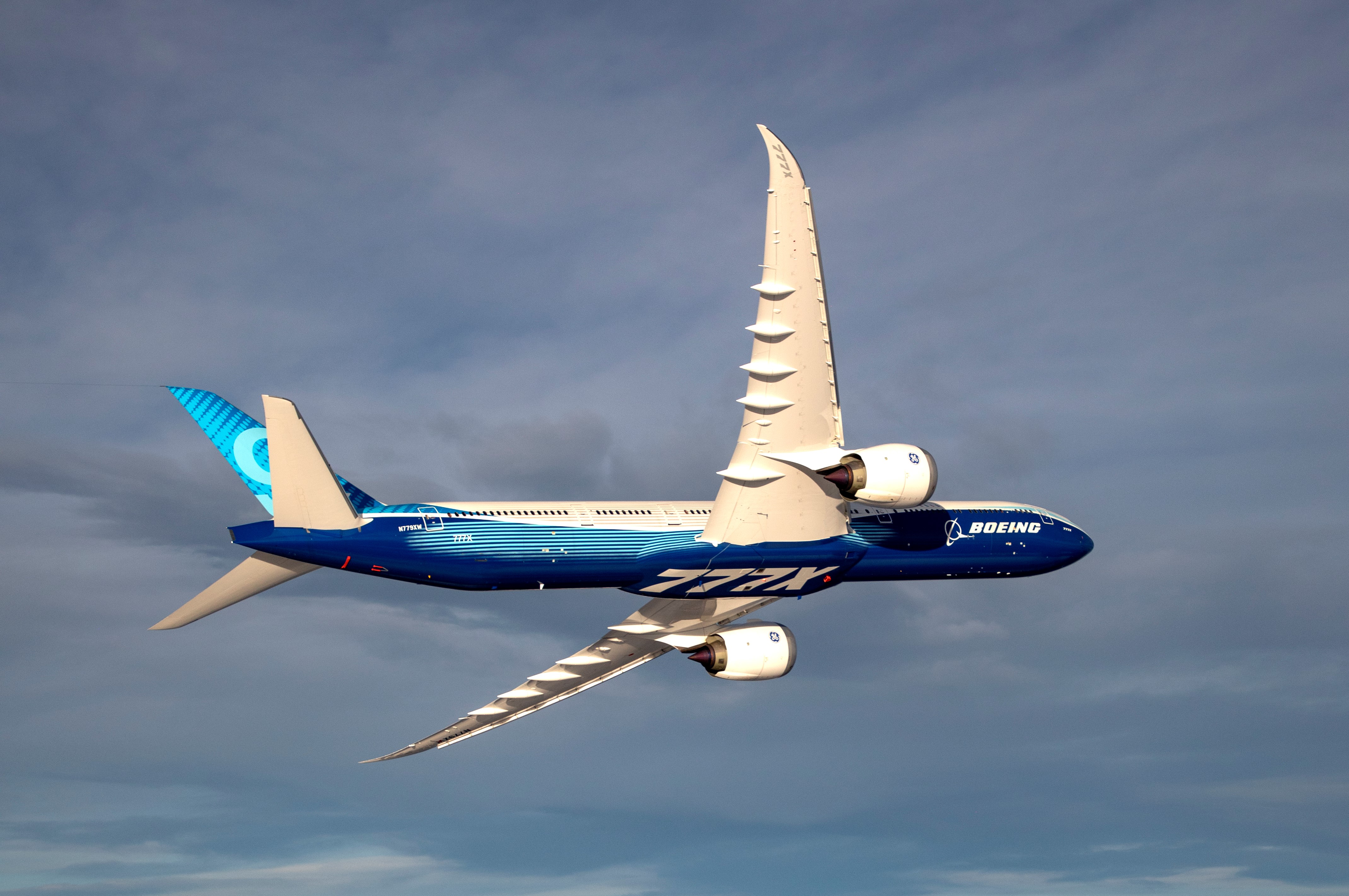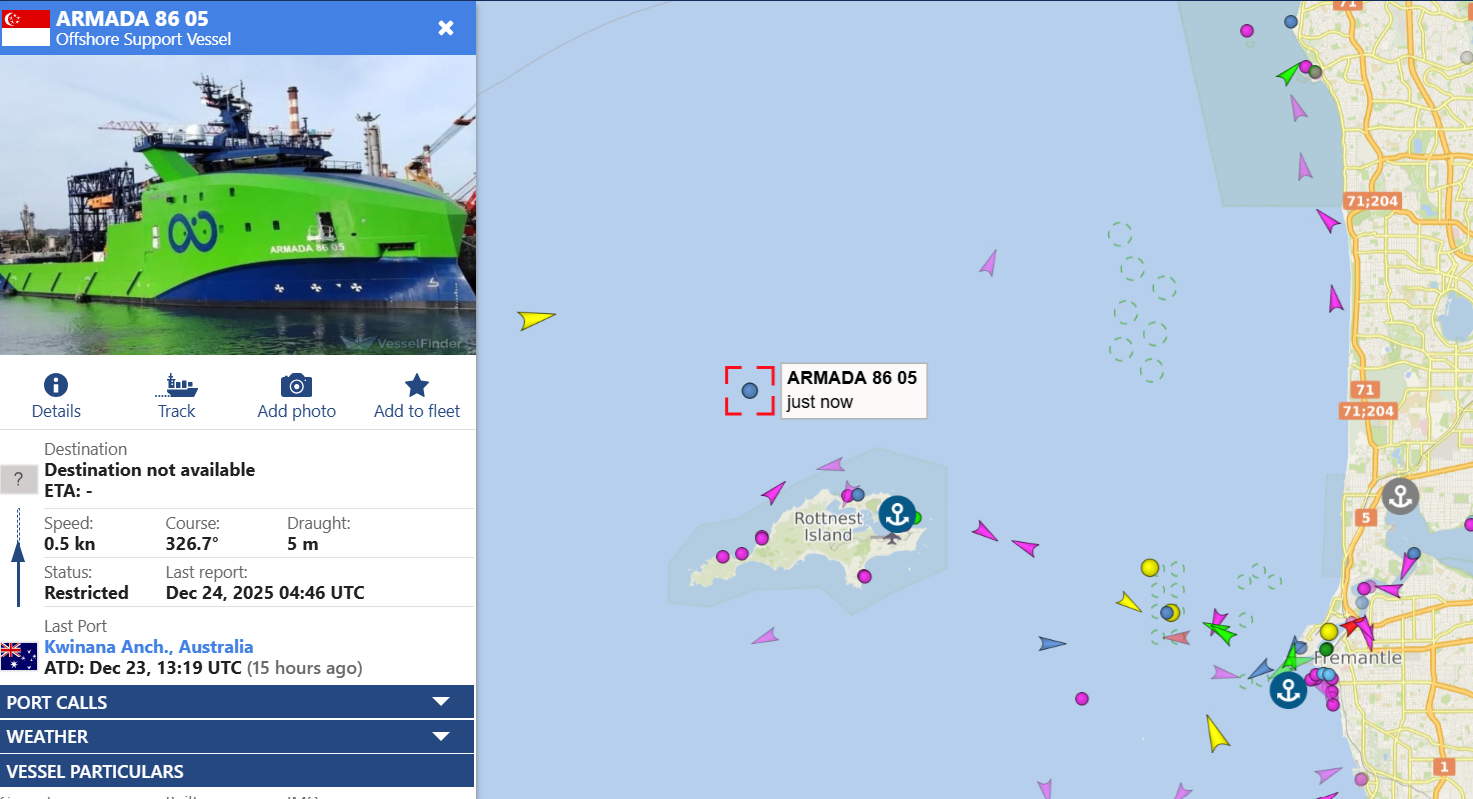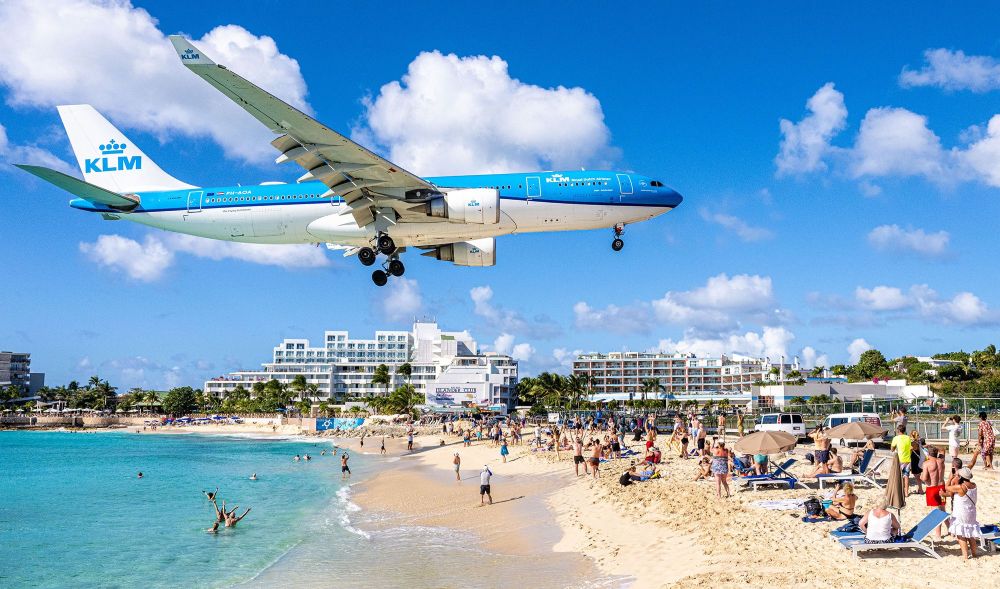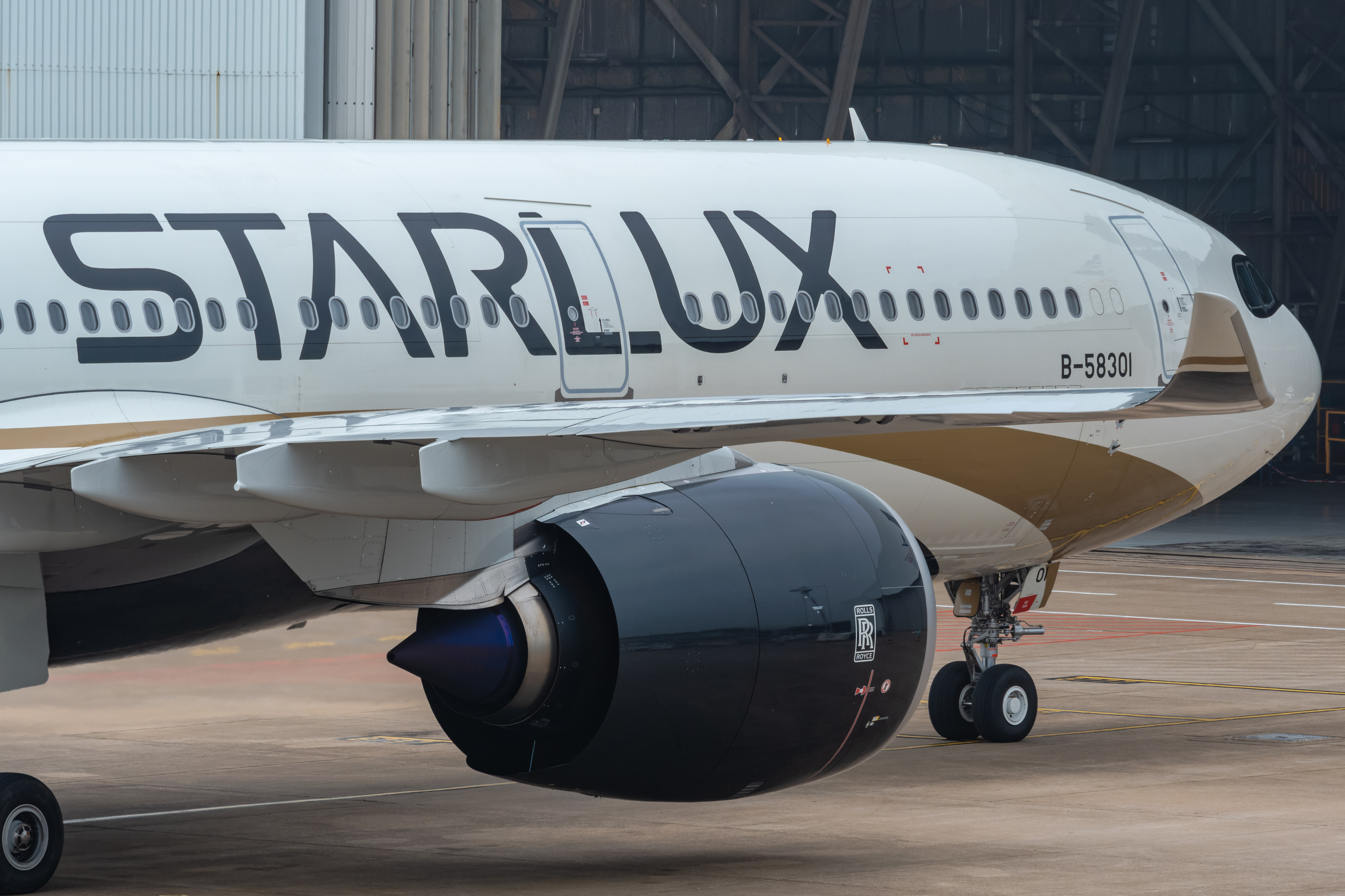
By Dev Lunawat
Published Mon Sep 29 2025
After more than two decades as the backbone of long-haul flying, Boeing has effectively ended production of the 777-300ER - the stretched, long-range, high-capacity variant of the 777 family that became the best-selling widebody in commercial aviation history. The quiet finality came as deliveries of the passenger 777-300ER dwindled to essentially one last shipment in Boeing’s most recent delivery records, a symbolic close to an airplane that reshaped intercontinental travel.
When Boeing launched the 777 program it tackled a new market: efficient, twin-engine large airliners for long-haul routes. The 777-300ER (Extended Range), introduced in the early 2000s, combined a stretched fuselage with more powerful engines and additional fuel capacity. It gave airlines a way to operate very long routes with high seat counts and superior per-seat economics compared with older four-engine types. Over time the 777 family grew into a global workhorse: cumulatively the family represents the most successful widebody program ever, and the 777-300ER alone accounts for the single largest chunk of those sales and deliveries. As of recent delivery tallies, the 777-300ER had over 830 deliveries , an extraordinary number for a large widebody.
Why airlines loved the 777-300ER
The 777-300ER offered three things every airline chased: capacity, range and economics.
● Capacity: With its stretched fuselage it could carry a very large number of passengers , ideal for dense long-haul trunk routes and high-demand international sectors.
● Range: The “ER” designation meant non-stop flights that previously required larger or less efficient aircraft became commercially viable.
● Economics: Two efficient high-bypass turbofans plus modern systems produced lower fuel burn per seat than many older widebodies; operators could run more direct long routes at attractive costs.
Because of those attributes the 777-300ER became the workhorse for major global carriers , most notably Emirates, Qatar Airways and other Gulf and Asian carriers that used it to build global hub-and-spoke networks. Emirates alone became the type’s single biggest customer, and the aircraft enabled airlines to open new nonstop connections and lift more premium traffic than many contemporaries.

The 777-300ER’s impact on the industry
The 777-300ER’s influence was wide and measurable: Firstly it accelerated the move away from four-engine long-haul aircraft, hastening the retirement of older types and reshaping route planning. It also enabled new ultra-long nonstops and more profitable frequency/seat-management strategies, changing how airlines thought about network economics.
Ultimately it became the platform underlying a boom in high-density premium cabins and refreshed inflight product expectations for long-haul travellers.
Its freighter derivatives and the overall 777 family’s strong sales mean the program’s commercial and cargo legacies will continue for years: cargo variants and converted freighters remain in heavy use globally.
Why production stopped: successor, market shifts and Boeing’s turbulence
Several converging reasons explain why Boeing wound down 777-300ER passenger production:
A planned transition to the 777X family. Boeing designed the 777X (the 777-8 and 777-9) as a next-generation replacement with new composite wings, more efficient engines and upgraded cabins. The industry expectation was that 777X would supplant the -300ER as the flagship long-haul twin. However, the 777X program has suffered repeated delays, regulatory scrutiny and technical challenges , meaning Boeing couldn’t simply keep both lines humming forever.
A lull in passenger 777 demand and a shifting backlog. As airlines rebalanced fleets after the pandemic and focused on more fuel-efficient models (including A350s and the 787), orders for new passenger -300ERs declined. Boeing’s backlog and delivery mix shifted toward freighters or future 777X commitments. Reporting shows that by late 2024–2025 passenger 777-300ER deliveries had fallen to a trickle, with just a single passenger 777-300ER recorded as a late final delivery , a practical sign that production had ended.
Boeing’s broader production and supply challenges. The company faced labour disruptions, quality and supply-chain complications, and increased regulatory scrutiny in recent years. Those factors constrained production flexibility and forced Boeing to prioritize programs and capacity , a reality that accelerated the closure of longstanding lines such as the -300ER passenger variant.
Put together, the commercial logic was stark: the market had largely moved on to more efficient models and Boeing needed to reallocate scarce factory capacity to futures (like freighters and the eventual 777X ramp) rather than continue low-volume 300ER production.

The aircraft’s lasting legacy
The 777-300ER’s legacy is both technical and cultural:
● Technical: It proved the viability and advantage of very large, twin-engine long-haul aircraft and set performance and operational benchmarks for subsequent designs.
● Operational: The aircraft reshaped route maps , airlines planned networks and cabins around its capabilities, and major expansions of hub connectivity were often powered by the -300ER.
● Emotional and brand: For millions of passengers, the 777-300ER was the face of modern long-haul travel , its twin raked wings, spacious cabins and long-range capabilities became synonymous with global connectivity.
Even as production of the 777 comes to an end, thousands of these aircraft—including 300ERs—remain in service, continuing to carry passengers and cargo for many years. This is a testament to the platform’s enduring robustness. Cathay Pacific is actively refurbishing its entire 777-300ER fleet with a new in-flight product across all cabins, demonstrating the airline’s long-term commitment to the aircraft.
What this means for airlines and passengers
In practical terms, fleets will be renewed progressively: carriers will phase in 777X and A350/787 types where they’ve been ordered, and freighter demand will keep the 777 family’s production lines in freight form, active for a different commercial need. For passengers, the end of -300ER production marks a shift toward quieter, more fuel-efficient cabins and the inevitably fresh onboard products. But the 300ER’s specific sound, proportions and capacity profile will be hard to replace in one neat swap: its combination of economics and capacity was unique.

A homage
There are airplanes that simply do their job, and there are airplanes that become part of the world’s memory. The Boeing 777-300ER was both. It was a machine of precise engineering and brute utility, but also a carrier of reunions, farewells, business deals, weekend escapes and world-spanning ambitions. From the quiet of pre-dawn pushbacks to the luminous cabin lights over oceans, the 300ER stitched continents together.
Its production may have ended on paper, but its heartbeat , the hum of its engines, the clatter on runways, the stories of lives moved from one place to another, will echo for decades. The 777-300ER did not merely carry people; it carried an era of aviation optimism and possibility. For pilots, engineers, cabin crew, maintenance teams and passengers who loved its range and reliability, the 777-300ER deserves not only industry analysis but gratitude, for everything it taught us about connecting a world that refused to stay apart.
Have questions or want to share your thoughts?
Get In Touch








